Vahidreza Gharehbaghi
A Novel Approach for Deterioration and Damage Identification in Building Structures Based on Stockwell-Transform and Deep Convolutional Neural Network
Nov 16, 2021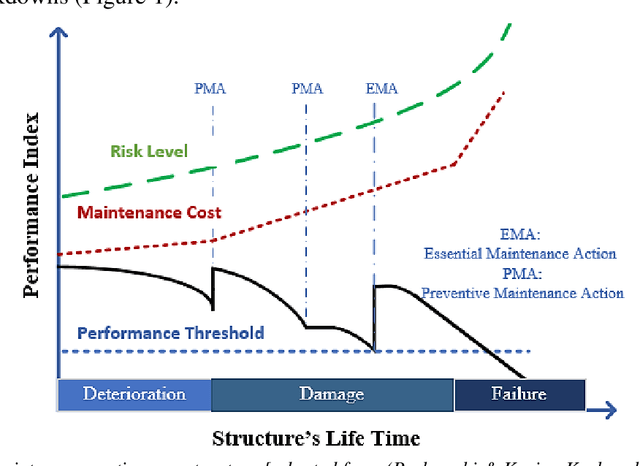

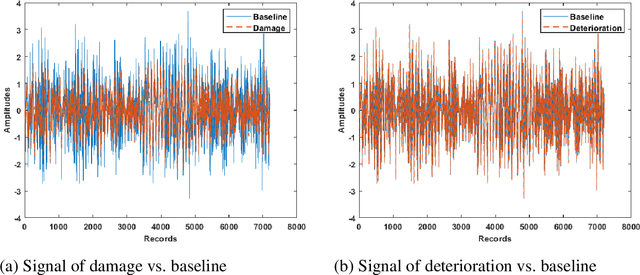
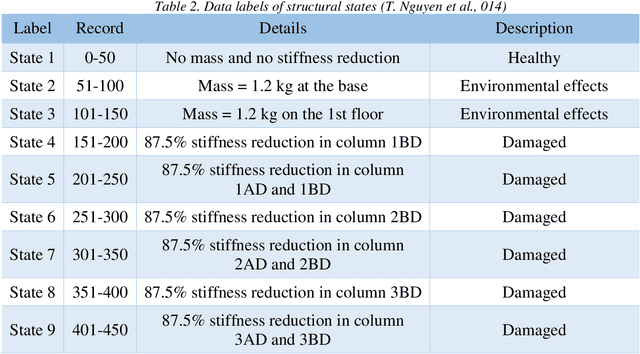
Abstract:In this paper, a novel deterioration and damage identification procedure (DIP) is presented and applied to building models. The challenge associated with applications on these types of structures is related to the strong correlation of responses, which gets further complicated when coping with real ambient vibrations with high levels of noise. Thus, a DIP is designed utilizing low-cost ambient vibrations to analyze the acceleration responses using the Stockwell transform (ST) to generate spectrograms. Subsequently, the ST outputs become the input of two series of Convolutional Neural Networks (CNNs) established for identifying deterioration and damage to the building models. To the best of our knowledge, this is the first time that both damage and deterioration are evaluated on building models through a combination of ST and CNN with high accuracy.
Influence of image noise on crack detection performance of deep convolutional neural networks
Nov 03, 2021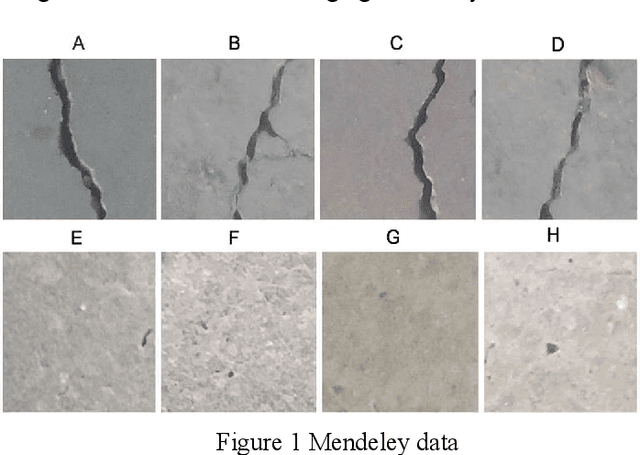

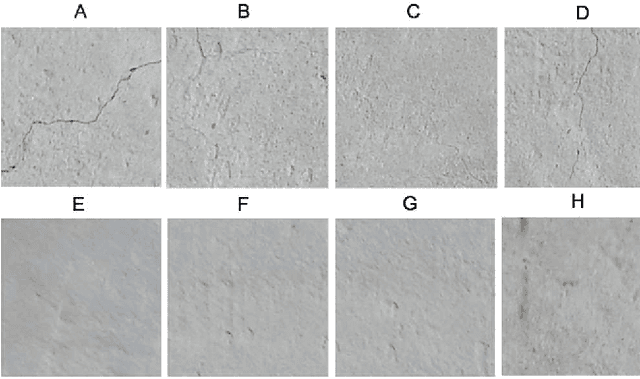
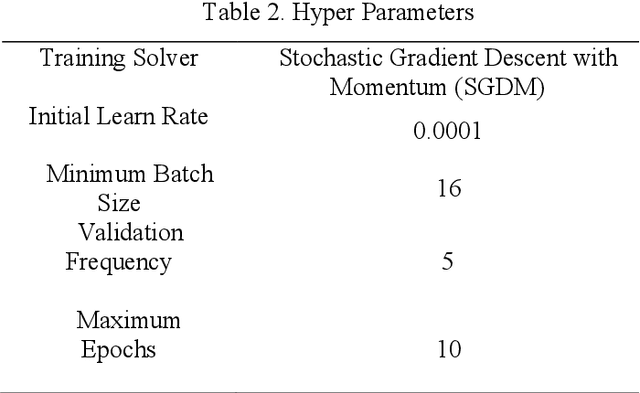
Abstract:Development of deep learning techniques to analyse image data is an expansive and emerging field. The benefits of tracking, identifying, measuring, and sorting features of interest from image data has endless applications for saving cost, time, and improving safety. Much research has been conducted on classifying cracks from image data using deep convolutional neural networks; however, minimal research has been conducted to study the efficacy of network performance when noisy images are used. This paper will address the problem and is dedicated to investigating the influence of image noise on network accuracy. The methods used incorporate a benchmark image data set, which is purposely deteriorated with two types of noise, followed by treatment with image enhancement pre-processing techniques. These images, including their native counterparts, are then used to train and validate two different networks to study the differences in accuracy and performance. Results from this research reveal that noisy images have a moderate to high impact on the network's capability to accurately classify images despite the application of image pre-processing. A new index has been developed for finding the most efficient method for classification in terms of computation timing and accuracy. Consequently, AlexNet was selected as the most efficient model based on the proposed index.
* 8 pages, 16 figures, 4 tables
Application of 2-D Convolutional Neural Networks for Damage Detection in Steel Frame Structures
Oct 29, 2021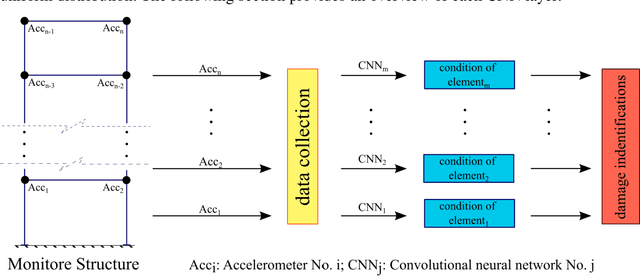


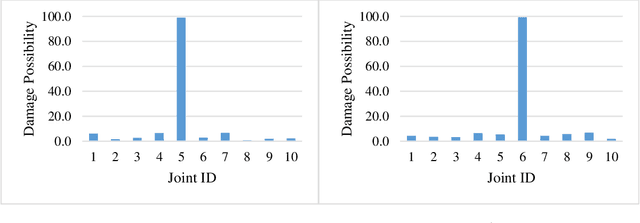
Abstract:In this paper, we present an application of 2-D convolutional neural networks (2-D CNNs) designed to perform both feature extraction and classification stages as a single organism to solve the highlighted problems. The method uses a network of lighted CNNs instead of deep and takes raw acceleration signals as input. Using lighted CNNs, in which every one of them is optimized for a specific element, increases the accuracy and makes the network faster to perform. Also, a new framework is proposed for decreasing the data required in the training phase. We verified our method on Qatar University Grandstand Simulator (QUGS) benchmark data provided by Structural Dynamics Team. The results showed improved accuracy over other methods, and running time was adequate for real-time applications.
 Add to Chrome
Add to Chrome Add to Firefox
Add to Firefox Add to Edge
Add to Edge